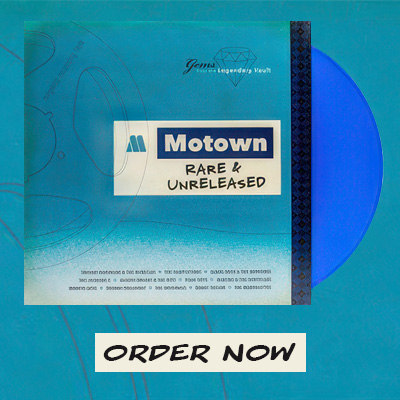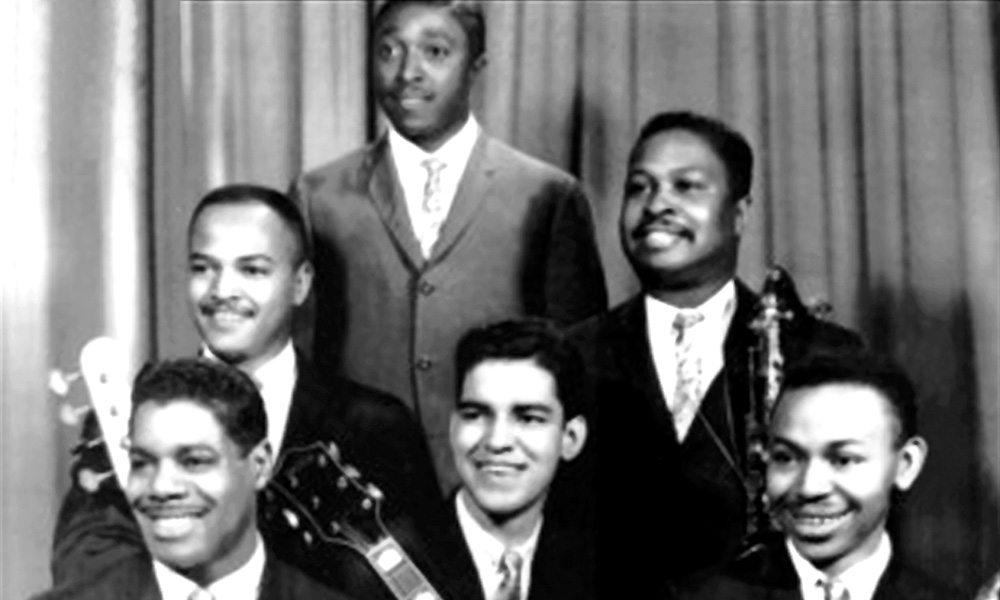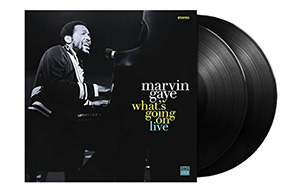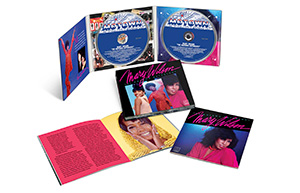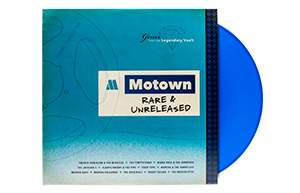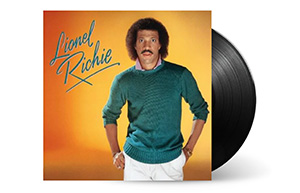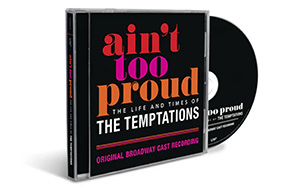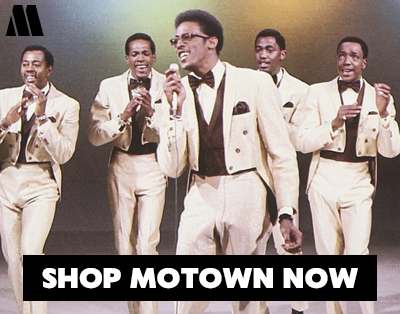The Funk Brothers
They are the factory workers of the hit machine, heard on more No. 1 records than those by Elvis Presley, the Beatles, the Beach Boys and the Rolling Stones – combined. They are the Motown studio musicians, helping to create “the Sound of Young America” in the basement of Hitsville U.S.A. And they are unsung heroes, until the 21st century.
FAST FACTS
- First hit: “Come To Me” by Marv Johnson
- Biggest hit: “I Heard It Through The Grapevine” by Marvin Gaye
- Top album: That Motown Sound
- Career highlight: Grammy® Lifetime Achievement award
- In 1958, Berry Gordy recruits James Jamerson, whose bass is widely hailed as the heartbeat of the Motown sound. The musician’s extraordinary flame is burned onto disc throughout the company’s Detroit era, with “My Girl,” “Reach Out I’ll Be There” and “What’s Going On” among his many achievements. “When they give me that chord sheet,” Jamerson tells author Nelson George, “I look at it, but then start going with what I feel and what would fit.”
- William “Benny” Benjamin, nicknamed “Papa Zita,” is Motown’s first drummer, and its rhythmic foundation, with Jamerson. Like the bass player, Benjamin has roots in jazz. His pounding beats are the fuel of “Money (That’s What I Want),” “Dancing In The Street,” “Going To A Go-Go” and many, many more.
- Keyboardist Earl Van Dyke is the Funks’ frontman, joining in 1963 after time on the road with Aretha Franklin and Lloyd Price. In addition to playing on scores of Motown hits, his leadership role is “just keeping up,” he says. Such modesty. Earl adds, “I had a band that worked nights, so I was the one who usually knew where they were.”
- These three are the most-recognized of the many players of the music shaped and taped in Hitsville U.S.A. from 1959-72. But take note, too, of guitarists Eddie “Chank” Willis, Robert White and Joe Messina; keyboardists Joe Hunter and Johnny Griffith; drummers Richard “Pistol” Allen and Uriel Jones; percussionists Jack Ashford and Eddie “Bongo” Brown; and bassist Bob Babbitt. Sax solos flow from Norris Patterson, Mike Terry and Eli Fontaine, among others. Later, guitarists Dennis Coffey and Wah Wah Watson modernize the house.
- The Funk Brothers record prolifically in Studio A, otherwise known as the Snakepit. Some of them go on the road with the artists, but not all. Earl Van Dyke takes several players to the U.K. in 1964 (with Kim Weston) and ’65 (the Tamla Motown Revue), where his own “Soul Stomp” and “All For You” are dance-floor staples. Van Dyke is also top-billed on two instrumental albums by the band, 1965’s That Motown Sound and 1970’s The Earl of Funk.
- The musicians are not publicly credited for their work until 1971, when Marvin Gaye lists their names on the cover of his album, What’s Going On. But Motown’s 1972 move to Los Angeles breaks up the Funks as a unit. Several go west, but their Motor City heyday is history.
- In the wider world, the Funks’ contributions are unsung until 2002’s Standing In The Shadows Of Motown, the movie brought to fruition by James Jamerson’s biographer, Allan Slutsky. Thereafter, some of the original musicians tour in the U.S. and abroad, and their stories are finally told.
- James Jamerson and Benny Benjamin are posthumously inducted into the Rock & Roll Hall of Fame in 2000 and 2003, respectively. At the 45th annual Grammy® ceremonies, all the Funks’ names are read aloud as the Standing In The Shadows Of Motown soundtrack album takes two prizes. The following year, they are honoured with the Grammy® Lifetime Achievement award.
- In 2013, the Funk Brothers are further recognized with a star on the Hollywood Walk of Fame. Stevie Wonder and former Motown A&R director Mickey Stevenson are present to pay tribute. “These guys were just magic,” says Stevenson. “The gifts came from upstairs but the touch, they formed together.”
- Alongside the Funks, the Andantes are an essential part of the classic Motown sound. They sing background on thousands of the company’s Detroit recordings, behind all the major artists. They have one single release in their own right, 1964’s “(Like A) Nightmare.”
- The Andantes are Louvain Demps, Jackie Hicks and Marlene Barrow, later joined by Pat Lewis. Louvain makes her Motown connection in 1959 as part of the Rayber Voices, Berry Gordy’s first singers in back. When she is joined by Jackie and Marlene, they become his principal background sirens from 1962 on. “Definitely we loved the Four Tops,” says Louvain of the group on which the Andantes’ sound is so distinctive. “They could sing anything.”




